Types of Fish tank filter – a brief overview!
Contents
Box Filters:
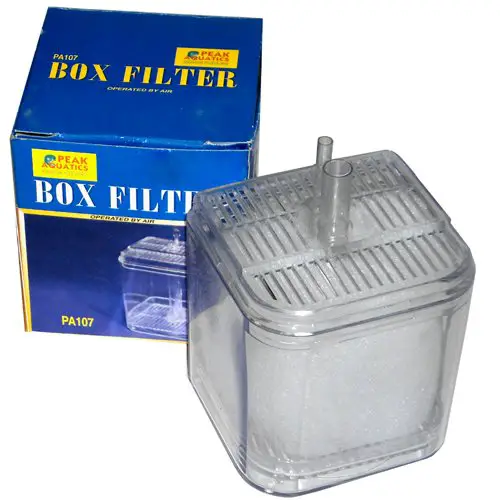
The box filter is simple and efficient for small aquariums and fish bowls. One filter is perfect for your 10 gallon (or smaller) tank. They are plastic boxes fitted with a perforated lid and a lift tube. The lift tube connects to an air hose, and the bubbles rise up the tube from the bottom of the box. Filtration media are packed around the lift tube, filling the box. Water flows down through the media and up the tube, drawn by the rising stream of air bubbles. The bubbles help to aerate and oxygenate your tank. A simple design and efficient fish tank filter. Easy to assemble and simple to use.
Canister Filters:
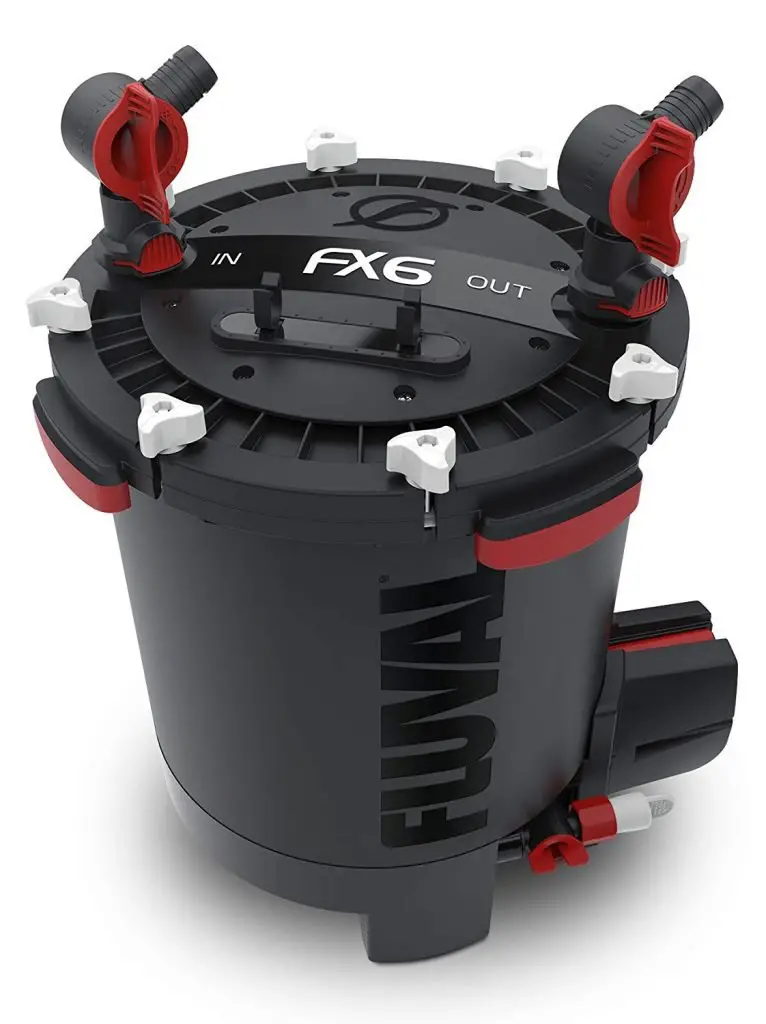
Canisters are an external fish tank filter. The ideal solution for maintaining a large aquarium where a strong water current and high level of filtration is necessary. These include supplementary media such as carbon. External filters also contain a greater amount of sponge and biological media, enhancing the level of mechanical filtration and breakdown of ammonia. Canister filters have an integral water pump. Their main appeal is that all of the water is forced to flow through all of the media.
For more information about Canister Filters check out our other article here…
For a quick search on Amazon.com for all currently available canisters click this link now….. Fish Tank Canister Filter
Chemical Reactors:
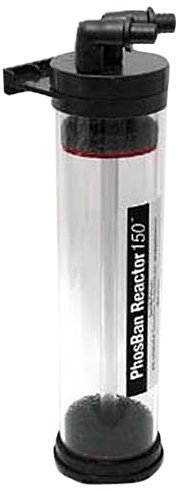
Chemical reactors or ‘aquarium reactors’ are chambers in which aquarium water ‘reacts’ with some medium to alter the water chemistry, either adding substances to the water or removing them. As long as it is a chemical reaction, and the medium is freely mixing with the water, the device is called a reactor. These reactors are designed to optimize the contact time between the water and the surface area of the reactor media. They take full advantage of the entire capacity of the media.
Two common examples are calcium and phosphate reactors.
In the first, a calcium carbonate medium and carbon dioxide gas are mixed. The water leaving the reactor is higher in calcium and alkalinity than the water flowing in. This maintains the high levels of calcium needed in tanks with growing corals and clams.
Phosphate reactors circulate the tank water in a chamber with a phosphate-removing medium; such as granulated ferric oxide (GFO), an aquarium reactor media that is great at removing phosphates and silicates from your aquarium water, two water pollutants that are exceptionally “helpful” in growing problem algae in your tank.
GFO granules have a high surface area. Reactions typically occur on the surface, so more surface area means more room for reactions, which in turn means more capacity for filtration. The use of a phosphate reactor can keep phosphate levels from rising.
We have an article that covers these reactor filters in more detail – click here to read it.
Granulated ferric oxide (GFO) is sold under a few popular trade names you may have seen before:
- Phosban
- PhosphateOut
- Phospure
- RowaPhos
Filter Media:

Most filters are modular, this allows them to be combined to suit your particular tank needs.
Filter pads have bonded fibers that effectively trap uneaten foods, waste excreted by livestock, decaying plants, detritus, dust, and other floating particulates from aquarium water. The design allows maximum flow and keeps the pad from clogging too quickly while keeping your aquarium water crystal clear.
They are great value and offer consistent and repeatable filtration performance in freshwater and saltwater aquariums. Filter pads are typically used as a pre-filter for wet/dry filters, sumps, and canister filters to clean water in freshwater, saltwater and reef aquariums.
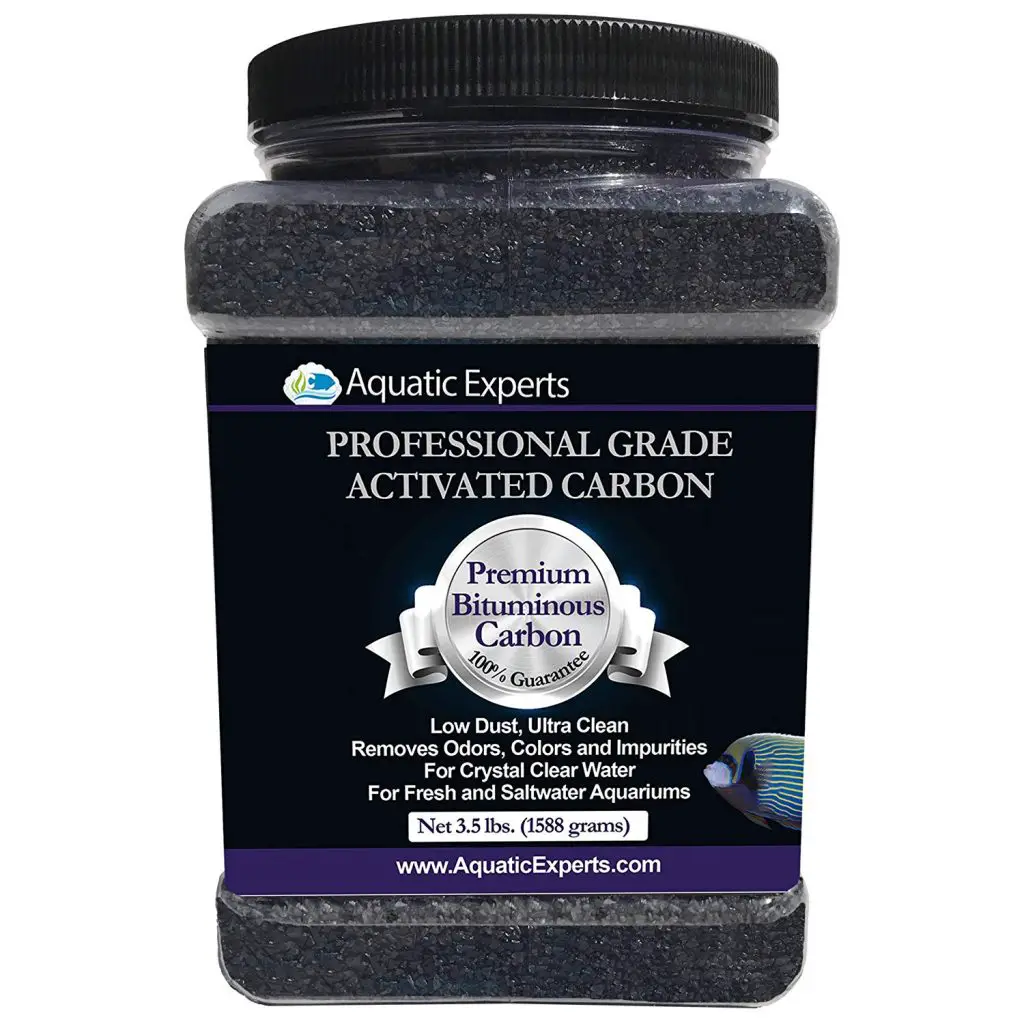
Activated carbon is universally available for refilling carbon fine mesh bags. Many of the major filter manufacturers sell bags to fit their filters. Carbon is used to remove odors, colors and impurities including yellow-brown tint, toxins, chlorine, most medications and some heavy metals.
Other medium options include zeolite for ammonia removal, resins for phosphorous removal, ceramic for biofiltration surface area, and empty modules you can fill with whatever media you like.
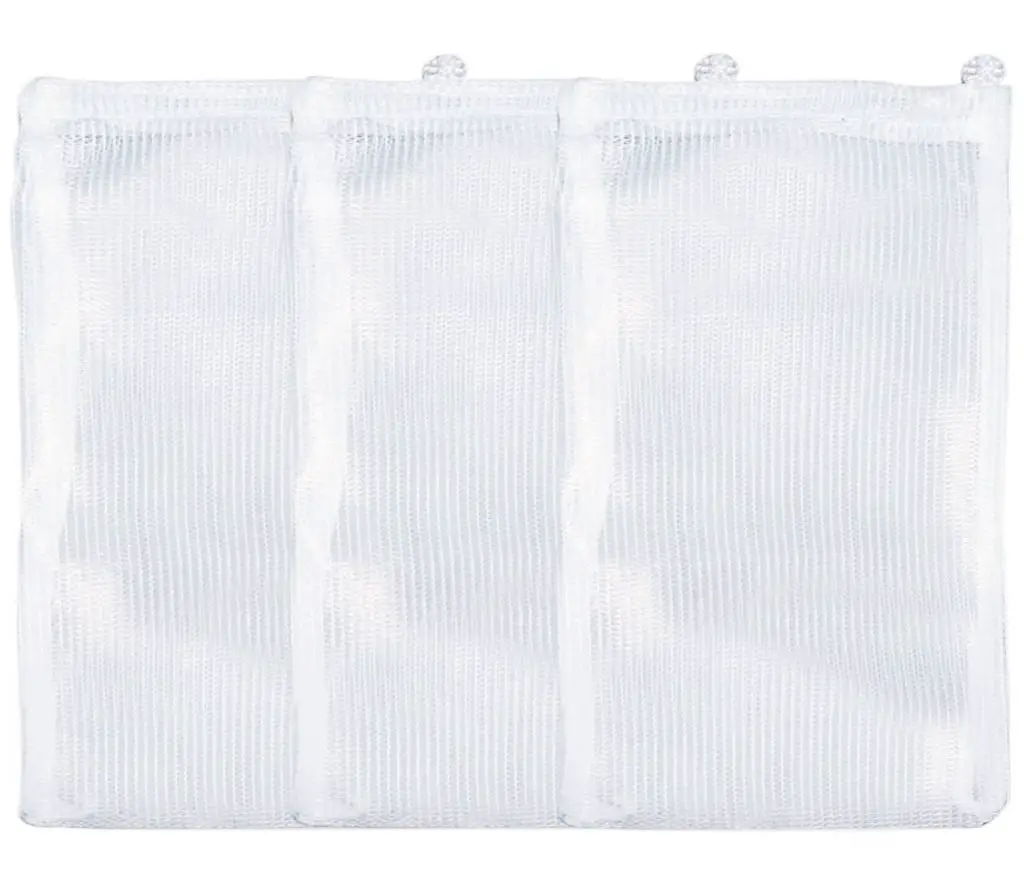
Many manufacturers offer modules in a gradation of weave or pore sizes so that you can stack them from large to small to trap increasingly finer particles. This also provides an efficient pre-filter to prevent the pores of a biomedium from becoming plugged. These bags also come in a variety of sizes to suit the fish tank filter made by all of the large filter manufacturers array of filters.
Click the blue link if you want to check out current prices on Amazon.com……..Filter Media and Accessories
Outside Filters – ‘hang on back’:
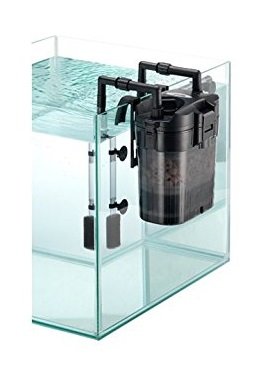
Very common today is the hang-on-back (HOB) filter. These filters are made to hang on the back of your aquarium, and provide excellent mechanical and biological filtration. They are ideal for use in tanks where space is limited inside the tank, and remove the need for unsightly filters in the tank itself.
They use a pump to suck water up a supply tube from the aquarium. The water then flows through a series of compartments with various media and back into the tank via an overflow.
We have reviewed many fish tank filters and one of the most popular brands is AquaClear – see here..
Sometimes the flow of the water back into the tank can appear as a waterfall creating surface movement and aeration, resulting in healthy oxygen levels. it adds oxygen as it falls back into the tank. These filters are available in a full range of sizes. A simple guide is to select a filter with a flow rate at least six times the volume of the tank—so for a 30-gallon tank you want a flow rate of about 200 gph (gallons per hour).
Protein Skimmers:
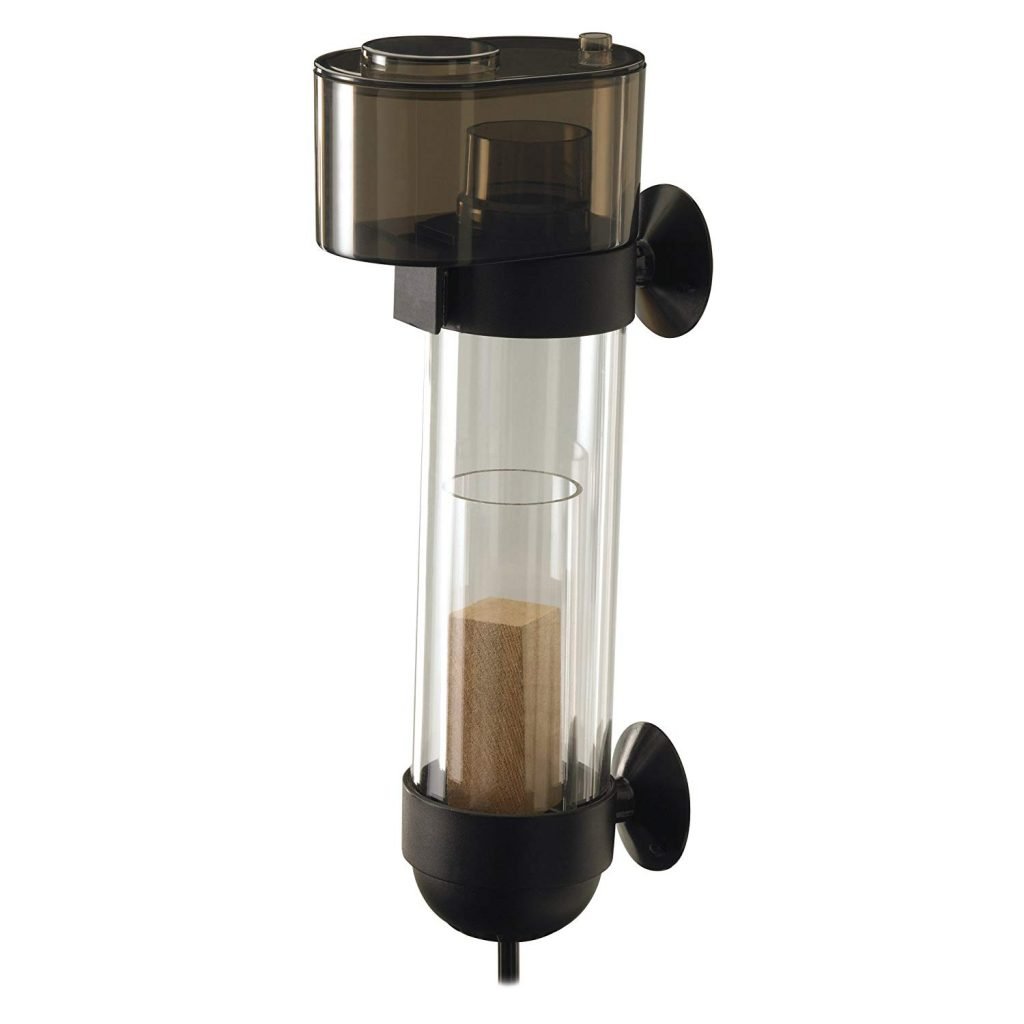
Protein skimmers are used in saltwater setups to remove dissolved substances before they begin to break down. Some models stand alone (or hang on the tank) with their own water pumps, and others are designed to operate in a sump, utilizing the sump’s plumbing and pump.
Water is pumped through a tall vertical column in which air bubbles are rising. The air can be supplied by an air pump or by a water pump with venturi, which is a valve that draws air into the water stream. The basic principle here is to get air bubbles into prolonged contact with the tank water.
Polluting substances are attracted to the air-water interface of an air bubble. These concentrate in the bubble stream, rising with it and appearing at the top as foam. The foam continues to rise into a collection apparatus, while the water flows back into the tank.
These are simple to set-up, easy to clean. Available for nano tanks upwards. Seen as having good energy efficiency, delivering very effective organic waste removal.
Sponge Filters:
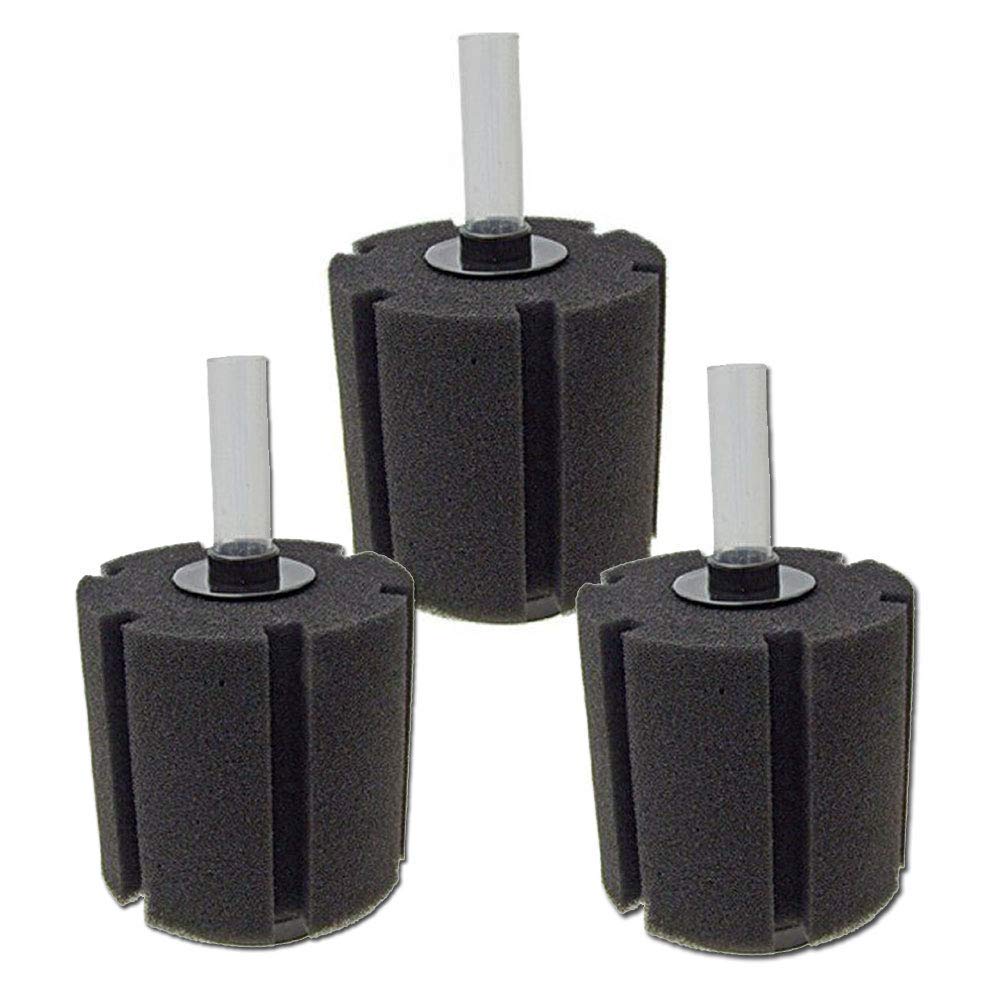
A sponge filter is usually as simple as a sponge attached to a riser tube. Water is drawn through the sponge and out the other end of the tube, either by airlift or by powerhead. Simply connect the unit with an air pump thru airline tubing and provide both aeration and filtration for your fish.
This fish tank filter is perfect for Fry Betta Shrimp tanks, and they are easily cleaned by gently squeezing the sponge in a bucket of tank water.
Sponge filters are extremely useful, but they aren’t decorative, so they are much more often used in breeding and rearing tanks rather than in display setups. These sponge filters do not trap fish fry and are safe for small size fish like dwarf cichlid, guppy, killifish, etc. They are useful as a breeding filter or as a secondary filter. Or they can be used as pre-filtration unit by fitting to an external or a top filter.
Trickle Filters:
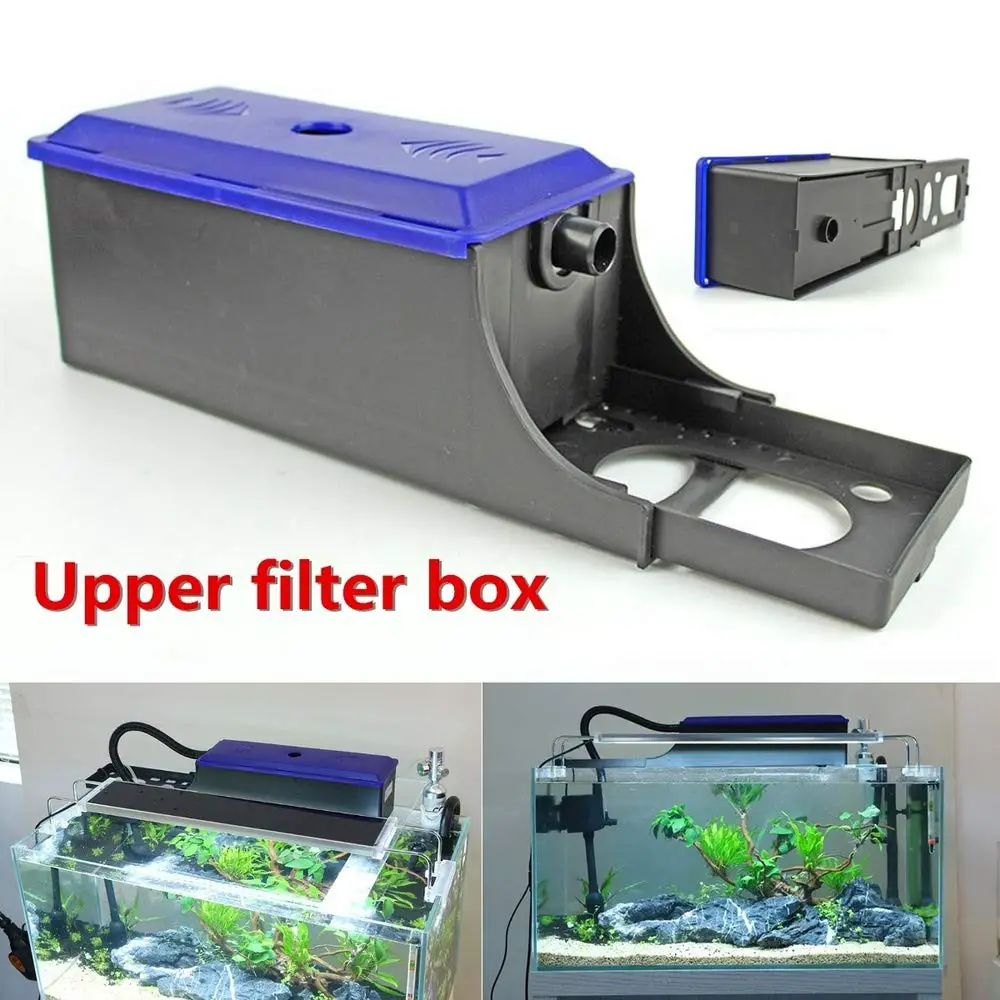
Trickle or wet-dry filters drip or spray aquarium water over a medium for marine and freshwater aquariums. This maximizes oxygen saturation and provides excellent biofiltration. The filter box is placed on top of the aquarium.
Water is pumped over a number of perforated trays containing filter wool or some other filter material. The water trickles through the trays, keeping the filter wool wet but not completely submerged, allowing aerobic bacteria to grow and aiding biological filtration. The water returns to the aquarium like rain.
These units are extremely efficient at converting ammonia to nitrate. They provide a large surface area for beneficial bacteria colonies to grow. They are also known as nitrate factories – avoiding nitrate build up is extremely important. Nitrates can kill fish.
UV Sterilizers:
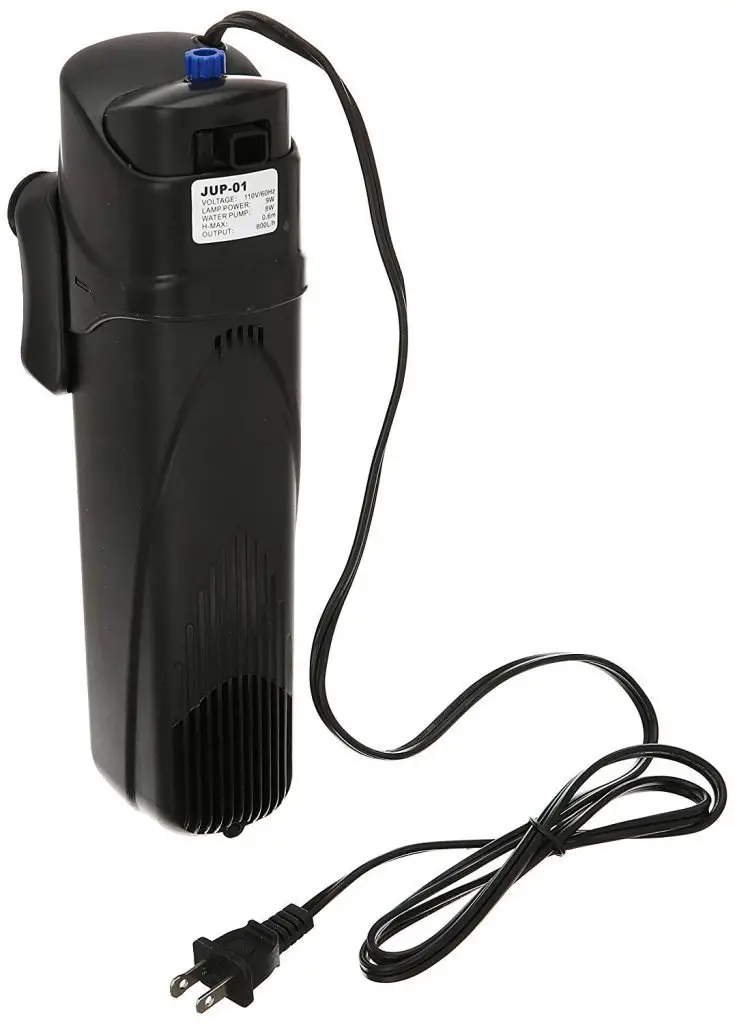
Rather than removing or adding substances, an ultraviolet (UV) sterilizer kills living organisms. Tank water is circulated through a chamber exposed to UV radiation from a special bulb. The longer the water is in contact with the UV radiation, the better. The submersible UV sterilizer allows simple and effective UV control of harmful microorganisms & free-floating algae.
UV sterilizers are indiscriminate—they kill all living organisms, from algae cells to pathogens. Thus, they are widely used to control disease.
For use in fresh or saltwater aquariums and garden ponds. When properly matched to the aquarium size they can destroy any free-swimming pathogens or parasites. In pond setups they are often used to control greenwater algae blooms. To be effective you must change bulb yearly for optimum UV performance.

I loved my trickle filter when I had it on my 60 gal tank. I also used sponge filters when I was just starting out with my fish tank hobby 🙂
Canister filters have always worked for me. I have the Polar Aurora brand. I really like the three trays on it. It allows me to add on additional filtration devices, should I need to.
We use canister filters for the larger tanks. Love them! The ones that hang on the back are great for the smaller tanks we have in the living room.
The Rowaphos seemed to cake up more for me, but perhaps I got a bad batch. I would say BEWARE to anyone buying an off brand on amazon… I’ve tried a few of them and they are pure junk. Stick with the big name brands. I may give the Rowaphos another try one day, they always have this one on special at my local fish store.
Got a canister filter on my 120 gal. love it.
Does every tank need a chemical reactor?
You have reviewed the overview of aquarium filters. I want to ask what filter can I use for 55gallon tank?
Choice of filter depends on which type you want. Canister or hang on the back etc etc Check out the options on filter types here http://fishtankfocus.com/types_of_fish_tank_filter/
I use a lot of canister filters for different tanks. If you were to go down this path then you need to think of budget. If you have the money and want to buy a really good filter, I would probably pick the Fluval 07 Series, 307 Performance Canister Filter for up to 70 US Gal – great filter.
See our review here: http://fishtankfocus.com/fluval-07-canister-filter-series-review/
Thanks so much. Hope I will get more useful posts from you
I’d always seen activated carbon but was always a bit intimidated by it… guys at the fish store didn’t ever talk to me about it really. Thanks for explaining it’s use… I want to try it out, hope I can find some online.
Trickle filters have been my go to for years now. We haven’t had any complaints!
Which canister filter do you recommend that makes least noise while operation. I need one for my 70 gallon aquarium
If you can afford the best go for the Fluval 07 Canister Filter Series – these are almost silent.
The 307 is ideal up to 70 gallons – but for a little amount of comfort I would opt for the 407 for up to 100 gallons if the budget allows. See our review here: http://fishtankfocus.com/fluval-07-canister-filter-series-review/